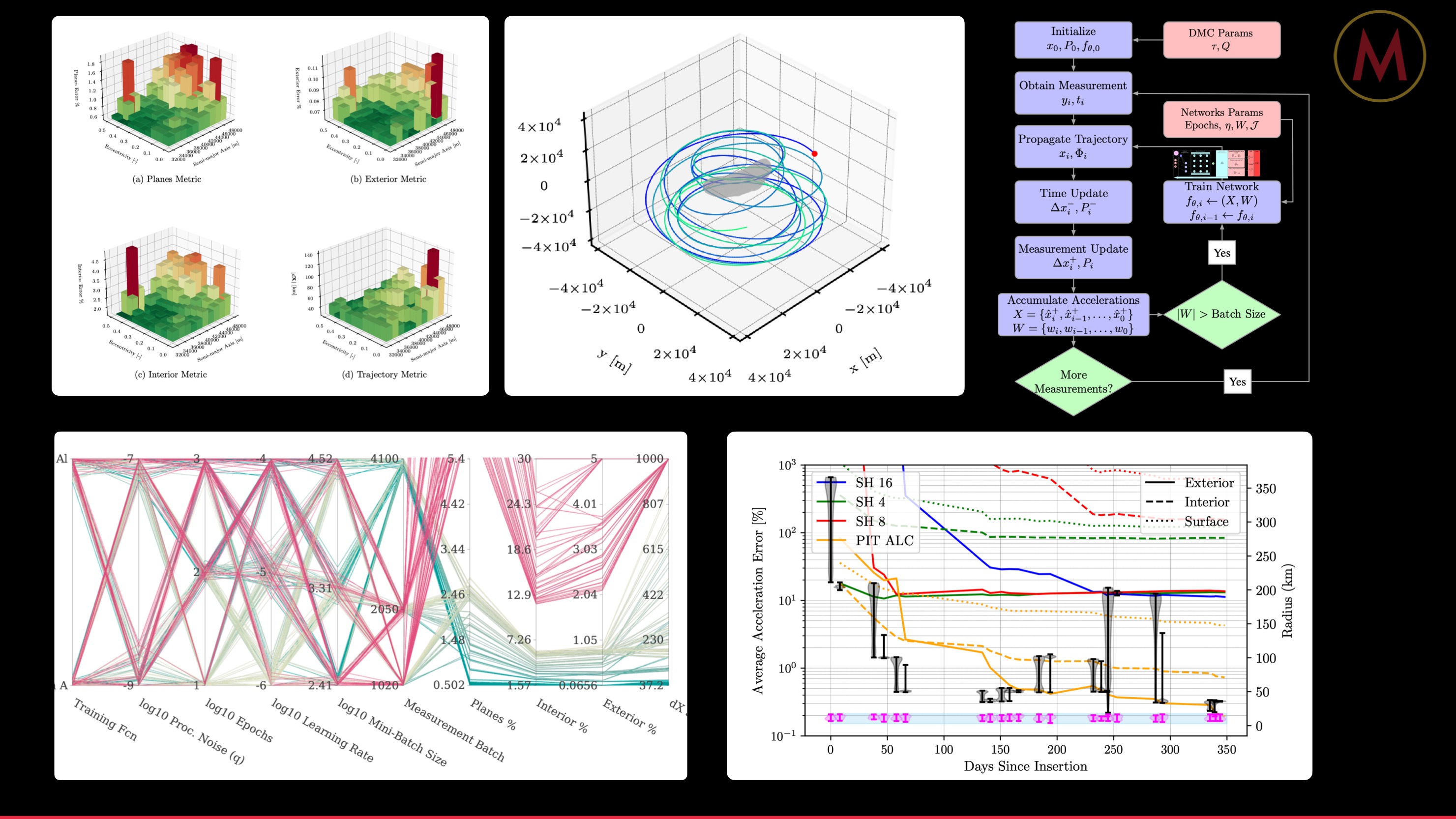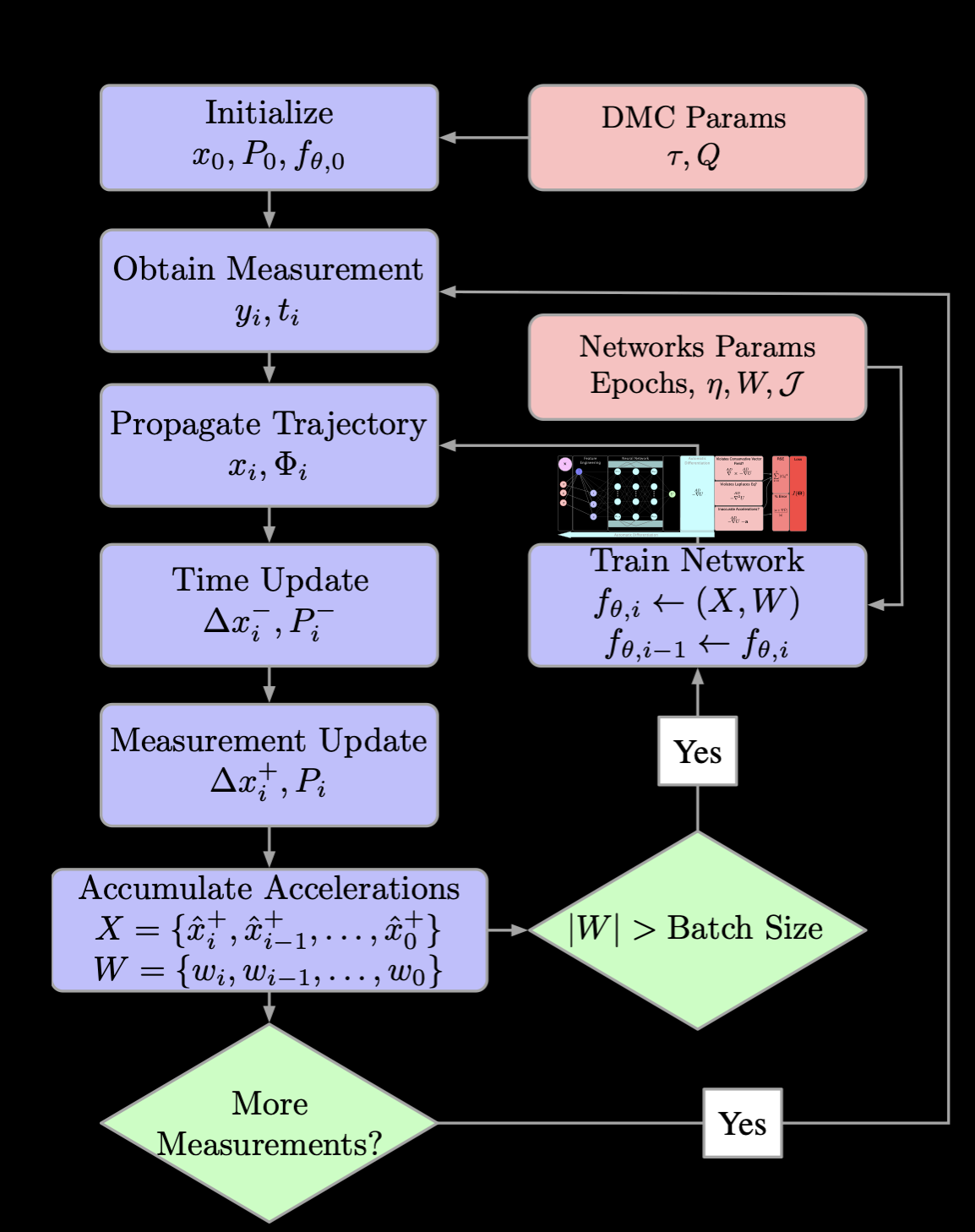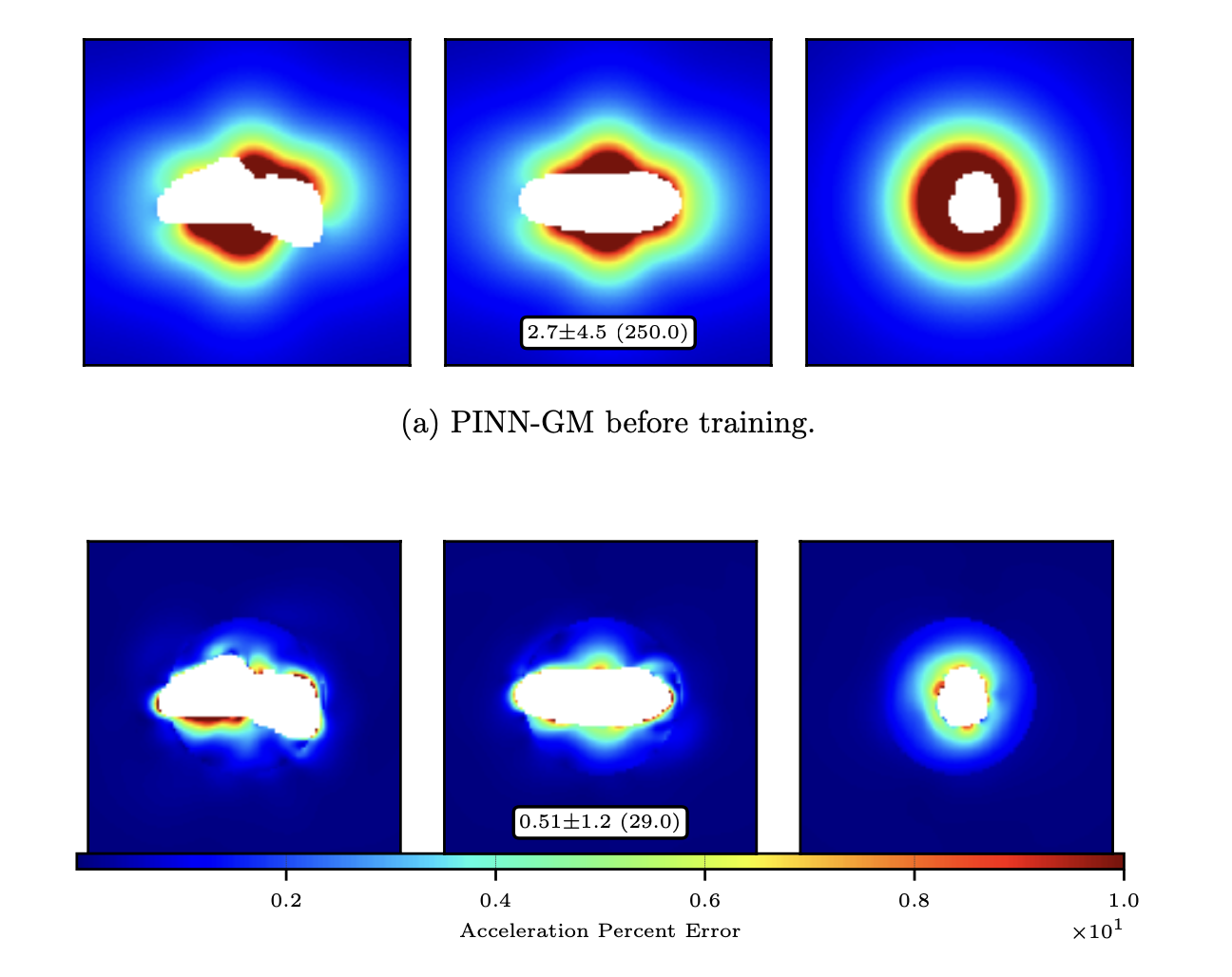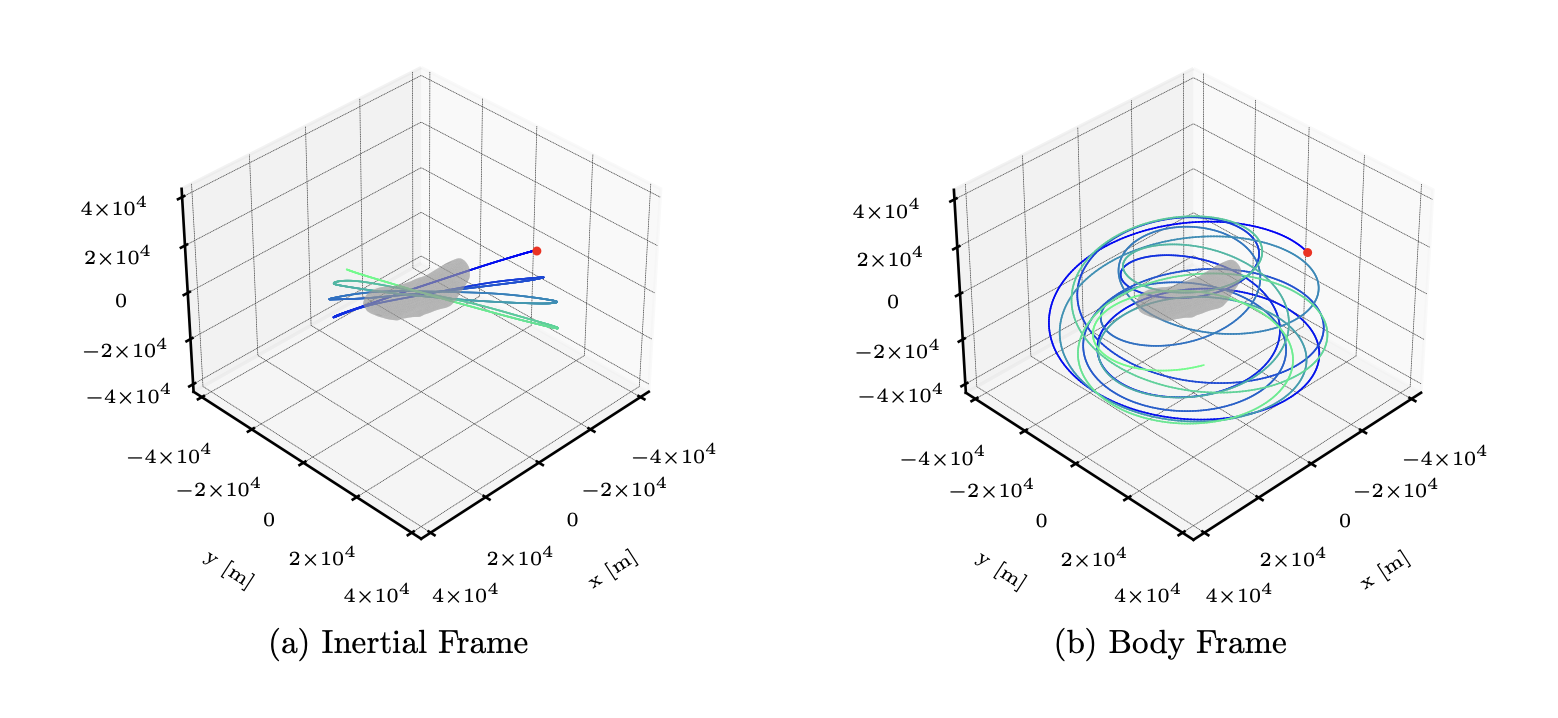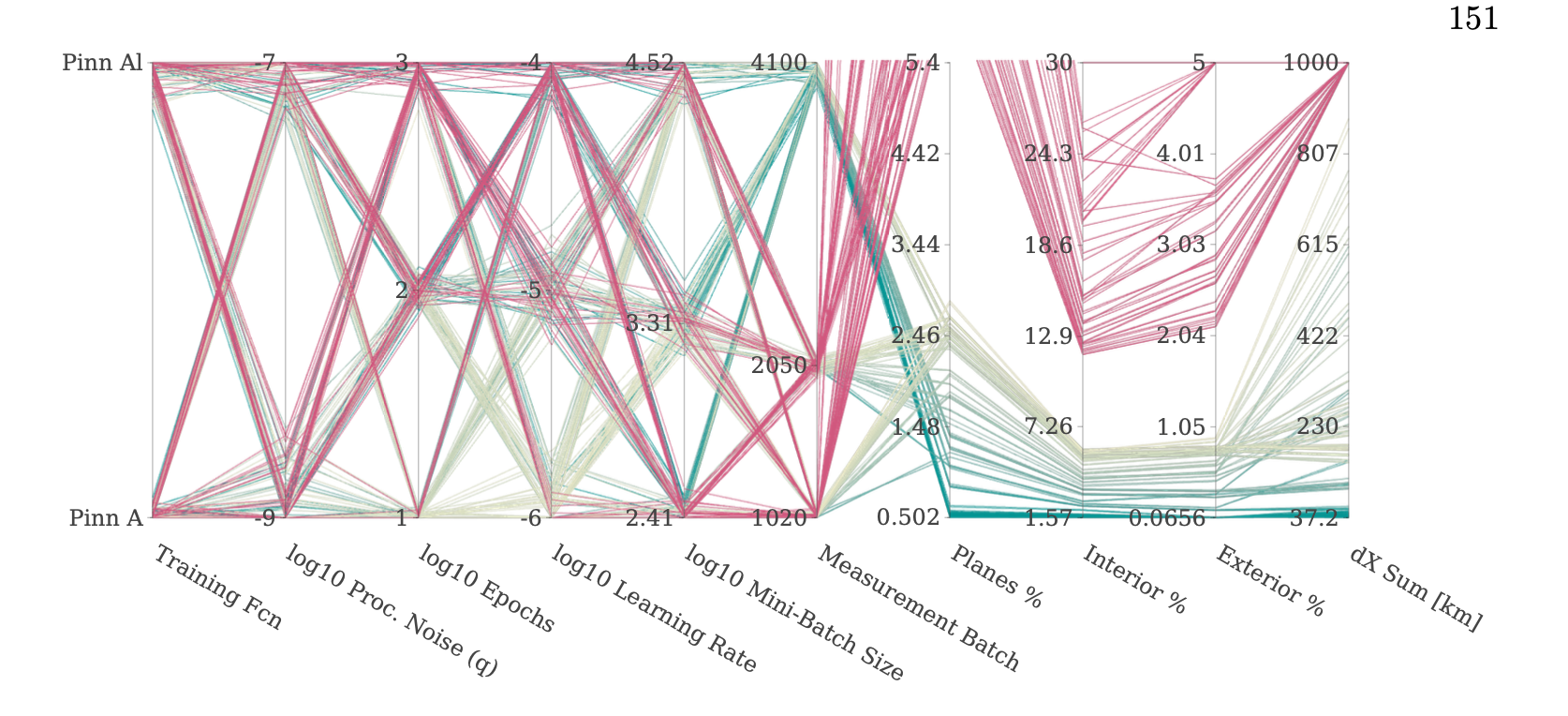In-Situ Model Reconstruction from Spacecraft Measurements
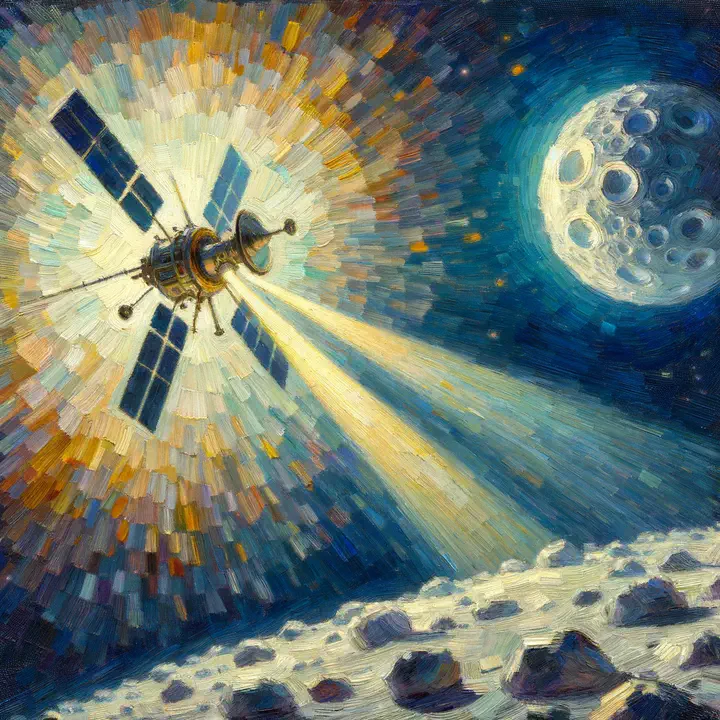
It is extremely difficult to navigate an unknown environment, particularly when you don’t know the dynamics. Flying a plane from point A to point B is relatively straightforward when you can assume gravity will always be pointing down at a constant 9.8 m/s$^2$. But what happens when the force of gravity can change by 50% every 10 meters?
Spacecraft in orbit around small-bodies like asteroids and comets are prone to this exact set of conditions. Due to the highly irregular geometries of some of these objects and their unknown density profile, it can be extremely difficult to assess how your spacecraft’s orbit is going to evolve during early mission phases. As such, it is the responsibility of the mission designers to design slow and risk-averse orbits, often taking weeks or months to estimate the coarsest model of the asteroid gravity field and other environmental dynamics.
While this caution is obviously warranted, it is also expensive as it consumes valuable fuel and mission time that could be spent doing science. As our spacefaring capabilities continue to advance, the need for rapid acquisition of system dynamics is paramount for expedited science and planetary defense.
To accomplish this, this research project develops advanced orbit determination capabilities that leverage state-of-the-art machine learning dynamics models. By fusing information from multiple measurements and observables, machine learning can help us resolve important characteristics about the orbital environment that can later be exploited for guidance and control.
